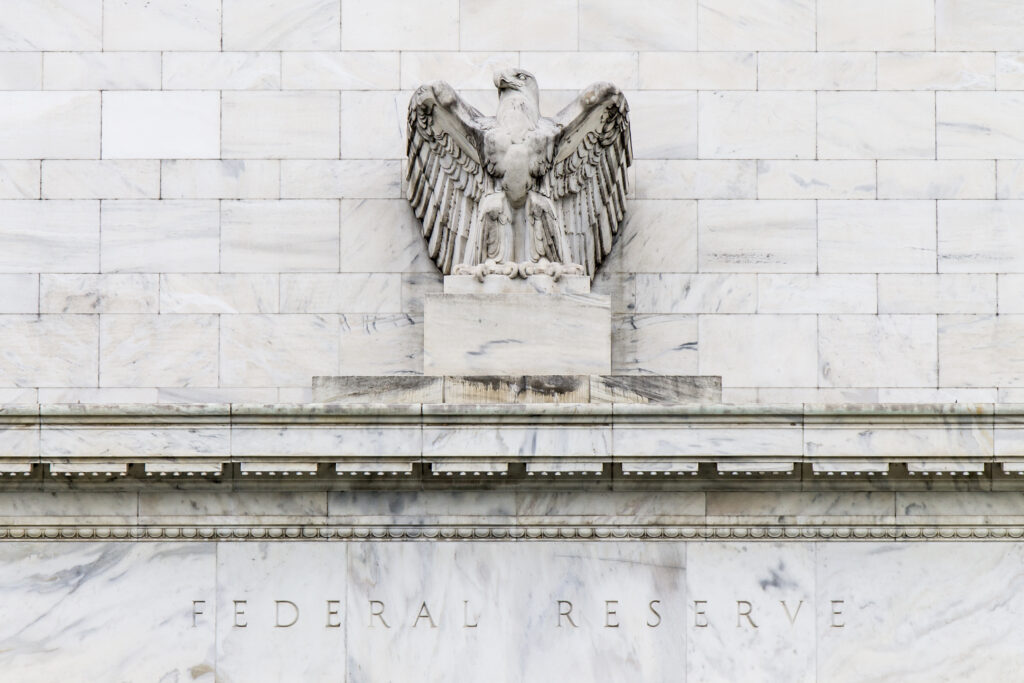For the sixth meeting in a row, the Federal Reserve’s Federal Open Market Committee (FOMC) made the call that their best course of action was to do nothing with interest rates, a trend that has continued as the Committee chose to hold rates steady at 5.50% at their last five meetings as well.
The most aggressive series of rate hikes in history ended in July 2023 when the committee held off on raising rates due to a litany of factors which consisted of 11 straight rate hikes over 15 months. Since the post-pandemic rate hikes began, the FOMC raised rates in March 2022 (+25 points), May 2022 (+50 points), June 2022 (+75 points), August 2022 (+75 points), September (+75 points), November 2022 (+75 points), December 2022 (+50 points), February 2023 (+50 points), March 2023 (+25 points), May 2023 (+25 points), June 2023 (+0 points), July (+25 points), September (+0 points), November (+0 points), December (+0 points), January 2024 (+0 points), March (+0 points). And May (+0 points). This is equivalent to a rise of 5.00 percentage points in under two years.
This string of rate hikes that have occurred since the pandemic has been necessary according to the FOMC to tamp down inflation, which reached a high of 9.1% in June 2022. While inflation has eased, it is still above the committee’s target rate of 2%. However, the Fed now predicts that inflation will not come down to their 2% target until sometime in 2026.
The target rate now stands at 5.25-5.50%. The committee next convenes for its fourth meeting of 2024 on June 11-12.
Commentary from the FOMC
Recent indicators suggest that economic activity has continued to expand at a solid pace. Job gains have remained strong, and the unemployment rate has remained low. Inflation has eased over the past year but remains elevated. In recent months, there has been a lack of further progress toward the Committee’s 2% inflation objective.
The Committee seeks to achieve maximum employment and inflation at the rate of 2% over the longer run. The Committee judges that the risks to achieving its employment and inflation goals have moved toward better balance over the past year. The economic outlook is uncertain, and the Committee remains highly attentive to inflation risks.
In support of its goals, the Committee decided to maintain the target range for the federal funds rate at 5.25-5.50%. In considering any adjustments to the target range for the federal funds rate, the Committee will carefully assess incoming data, the evolving outlook, and the balance of risks. The Committee does not expect it will be appropriate to reduce the target range until it has gained greater confidence that inflation is moving sustainably toward 2%.
In addition, the Committee will continue reducing its holdings of Treasury securities and agency debt and agency mortgage‑backed securities. Beginning in June, the Committee will slow the pace of decline of its securities holdings by reducing the monthly redemption cap on Treasury securities from $60 billion to $25 billion. The Committee will maintain the monthly redemption cap on agency debt and agency mortgage‑backed securities at $35 billion and will reinvest any principal payments in excess of this cap into Treasury securities. The Committee is strongly committed to returning inflation to its 2% objective.
In assessing the appropriate stance of monetary policy, the Committee will continue to monitor the implications of incoming information for the economic outlook. The Committee would be prepared to adjust the stance of monetary policy as appropriate if risks emerge that could impede the attainment of the Committee’s goals. The Committee’s assessments will take into account a wide range of information, including readings on labor market conditions, inflation pressures and inflation expectations, and financial and international developments.
Voting for the monetary policy action were Jerome H. Powell, Chair; John C. Williams, Vice Chair; Thomas I. Barkin; Michael S. Barr; Raphael W. Bostic; Michelle W. Bowman; Lisa D. Cook; Mary C. Daly; Philip N. Jefferson; Adriana D. Kugler; Loretta J. Mester; and Christopher J. Waller
Industry reaction to the Fed’s decision
As Connor Lokar at ITR Economics explains, “As expected, the Fed held steady with interest rates this month. Tentative upside pressure in various inflation metrics has moved cuts off the table for now, leaving them in a holding pattern. The service sector has proven to be capable of coping with current rates and should continue to be an upside performer within the overall economy relative to more borrowing cost-sensitive components of the economy.”
First American Senior Economist Xander Snyder’s shared his thoughts regarding Wednesday’s FOMC meeting and press conference:
“No surprise, the Federal Open Market Committee (FOMC) kept rates unchanged at 5.25-5.50% for a sixth consecutive meeting. With the economy and labor market proving resilient, and inflation ticking up again, the Fed seeks further assurance that inflation is headed sustainably towards its 2% target before cutting rates. As a result, interest rates are again expected to remain ‘higher for longer.’”
“However, in a new development, it announced an easing of its quantitative tightening policy. Starting in June, the Fed will lower the roll-off rate of its Treasury securities from $60 billion to $25 billion per month. This means that, while the Fed will not begin selling Treasuries in June, it will be allowing fewer of them to mature. It will not alter its roll-off rate for mortgage-backed securities (MBS), which will remain at $35 billion per month.”
“Slowing the rate of balance sheet shrinkage, which is what the Fed decided to begin doing in June, equates to a slight loosening of monetary policy. It is, however, a gradual easing, as directionally the Fed is still shrinking its balance sheet by $60 billion per month.”
“Though the absolute level of the federal funds rate matters, so too does its distance from the neutral rate of interest. The neutral rate is an estimated rate at which the Fed’s policy is neither accommodative nor restrictive – in other words, ‘just right.’ Currently, the Fed Funds rate is meaningfully higher than estimates of the neutral rate. This means that, in theory, the Fed could choose to lower interest rates and still have its policy remain in restrictive territory.”
“However, the Fed has a dual mandate, which means it targets both full employment and price stability. The labor market currently appears to be at, or exceeding, full employment, despite the recent reacceleration of inflation. This means the Fed has little motivation to cut rates, as one of its mandates is already being fulfilled while the other is not.”








